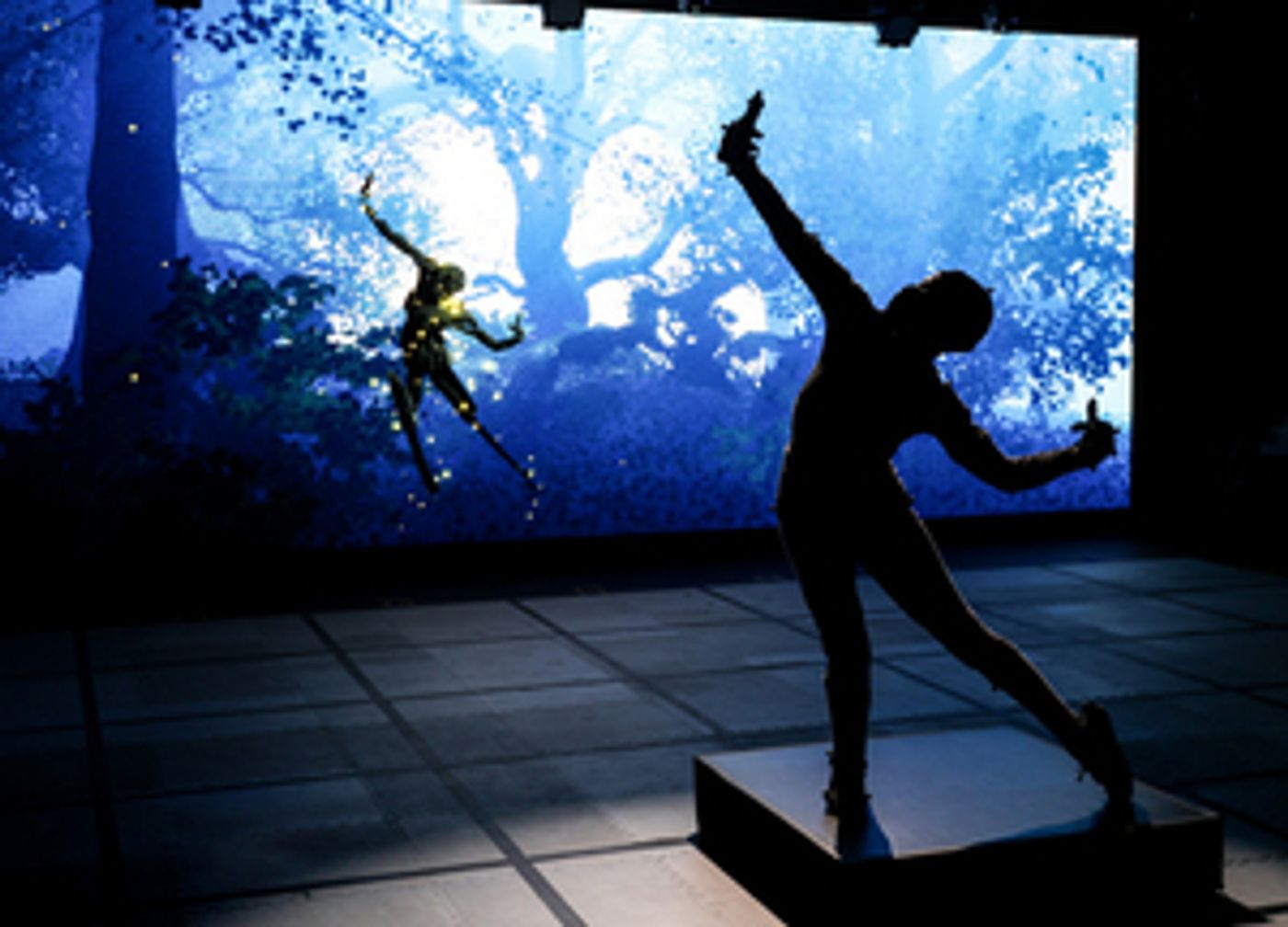Review: DREAM, Royal Shakespeare Company Online
A futuristic performance combining theatre, gaming and cutting-edge technology

![]() As it is now a year since theatres went dark, it seems appropriate for one of the country's most eminent theatre companies to produce one of the most innovative and inventive productions since the pandemic began.
As it is now a year since theatres went dark, it seems appropriate for one of the country's most eminent theatre companies to produce one of the most innovative and inventive productions since the pandemic began.
With a production that was first scheduled for Spring 2020, Dream is possibly the RSC's most unusual offering yet. Based on Shakespeare's A Midsummer Night's Dream, the production is part theatre, part game, part virtual reality immersion.
Using the latest motion capture technology to create virtual avatars from real-life actors and combined with pre-recorded animation sequences, this visual spectacular also gives the audience a unique opportunity to influence and interact with the show as it happens through online technology. Actors respond to this interaction so that every show is unique.
The RSC first used live performance capture in their 2016 production of The Tempest. Mark Quartley wore sensors that captured his movements which changed the character of Ariel into an impressive, animated creature on stage.
Building on this technology, the actors become avatars playing the sprites. Puck greets you and leads the way into the woods to meet Cobweb, Mustardseed, Peaseblossom and Moth, as they battle a storm. The forest imagery is stunning, offering great depth in detail, lighting and colour and some graceful movement, particularly in the trees.
This could be in Athens the night before the wedding of Theseus and Hippolyta, but it is not clear. The production is inspired by the play, with detail taken from the imagery and descriptions of the forest. However, to say there is a story is to overstate what we actually see; Puck wanders about meeting a few characters, a storm comes and then passes. A story as such is sacrificed for the remarkable visual effects and, although it could be argued that the magic and fantasy of the production reflect Shakespeare's language, in reality it's difficult to see much connection to the play. (There are no Mechanicals, for one thing.)
EM Williams' Puck is very likeable, but rather passive and lacking the mischievous aspect of the character. The lack of facial expressions on the avatar made up of blocks of stone means Williams has to convey everything through voice and movement. Maggie Bain's Cobweb is of more interest, with simply a huge moving eyeball and lashes made of cobwebs. Jamie Morgan's Peaseblossom is visually impressive: a tangle of twigs and ornate flowers.
Esa-Pekka Salonen's music is beautiful and the lush orchestral score, which includes extant music by the Swedish composer Jesper Nordin as well as Ravel, is a highlight, swelling and retreating in perfect harmony. The recordings get expanded in real time, in response to the movements of the performers and to the action. The production also features the last music recorded by the Philharmonia before lockdown, which is itself of note.
The audience also has the ability to integrate itself into the production. At points, your screen splits to reveal a diagram where you can direct fireflies to light Puck's way through the forest. The idea is that the audience influences the course of the production, as your individual firefly leaves a trail of light across the screen along with everyone else's. This feels more like a novelty than about having any real control, as you would in a computer game.
There is a point where the visuals change to show Williams, dressed in a VR suit, in the studio space, surrounded by backstage staff guiding movement. This is fascinating in itself, but it does interrupt the immersion in the main video and feels like something that could have been shown afterwards.
Dream is not a replacement for being sat in an auditorium watching live theatre, but it is an exciting and novel experience. The visual imagery is stunning and Puck's progress through this fantasy world feels immersive. However, the lack of story and character development is problematic. Overall, there is a feeling that this production serves as a demo, promoting the incredible range of possibilities in using the technology, rather than a complete theatrical production.
Dream is running until 20 March
Photo Credit: Stuart Martin
Reader Reviews
Videos

